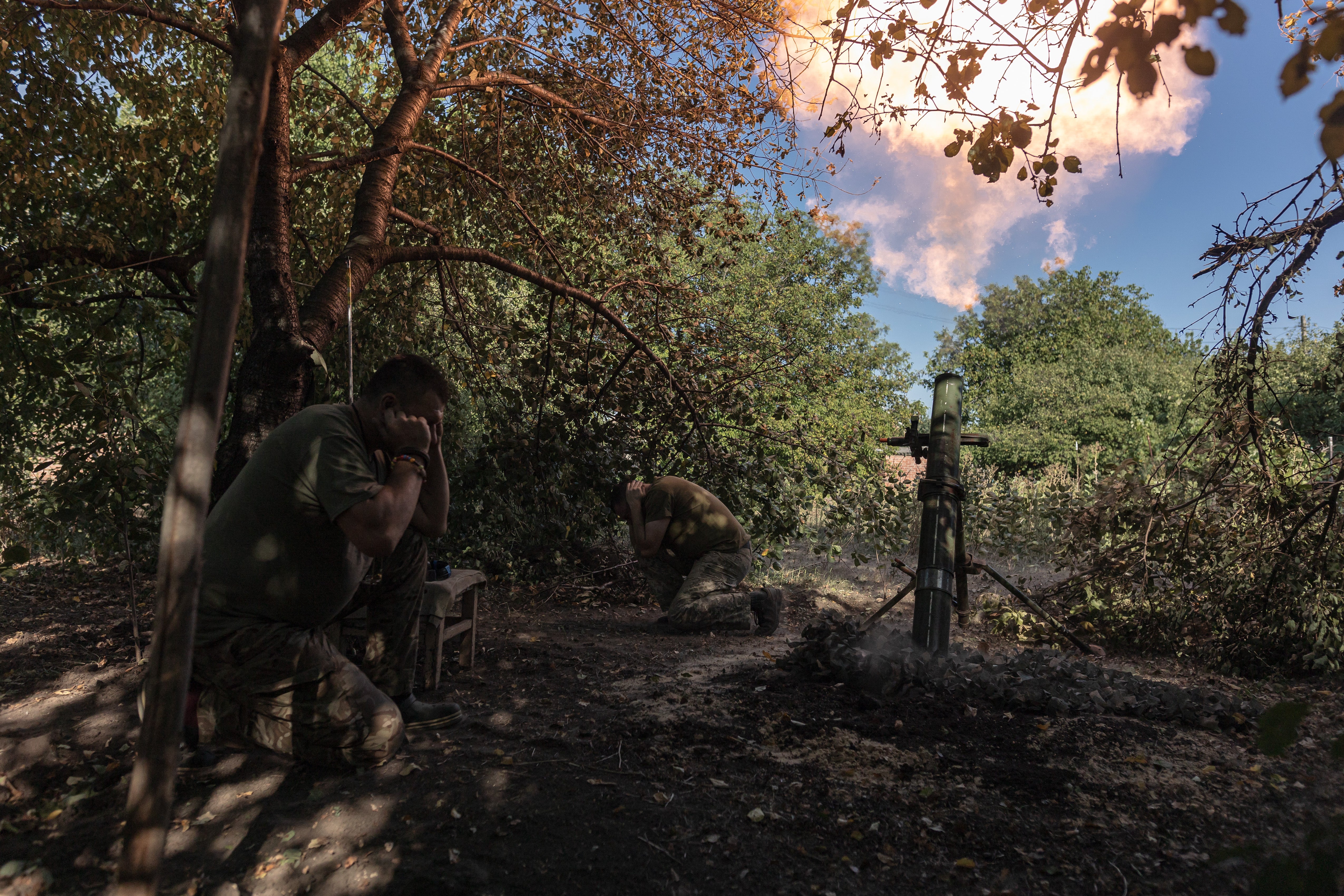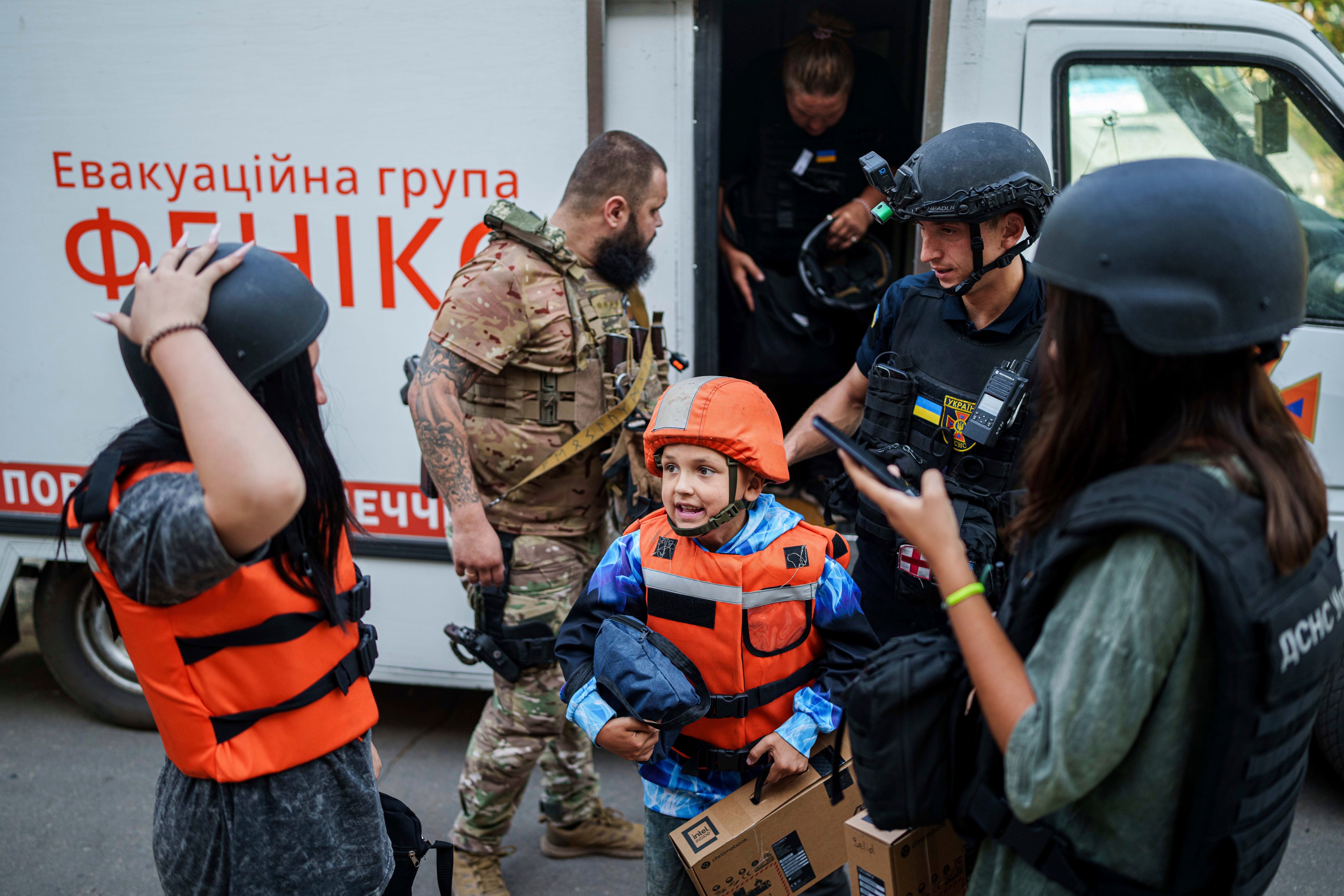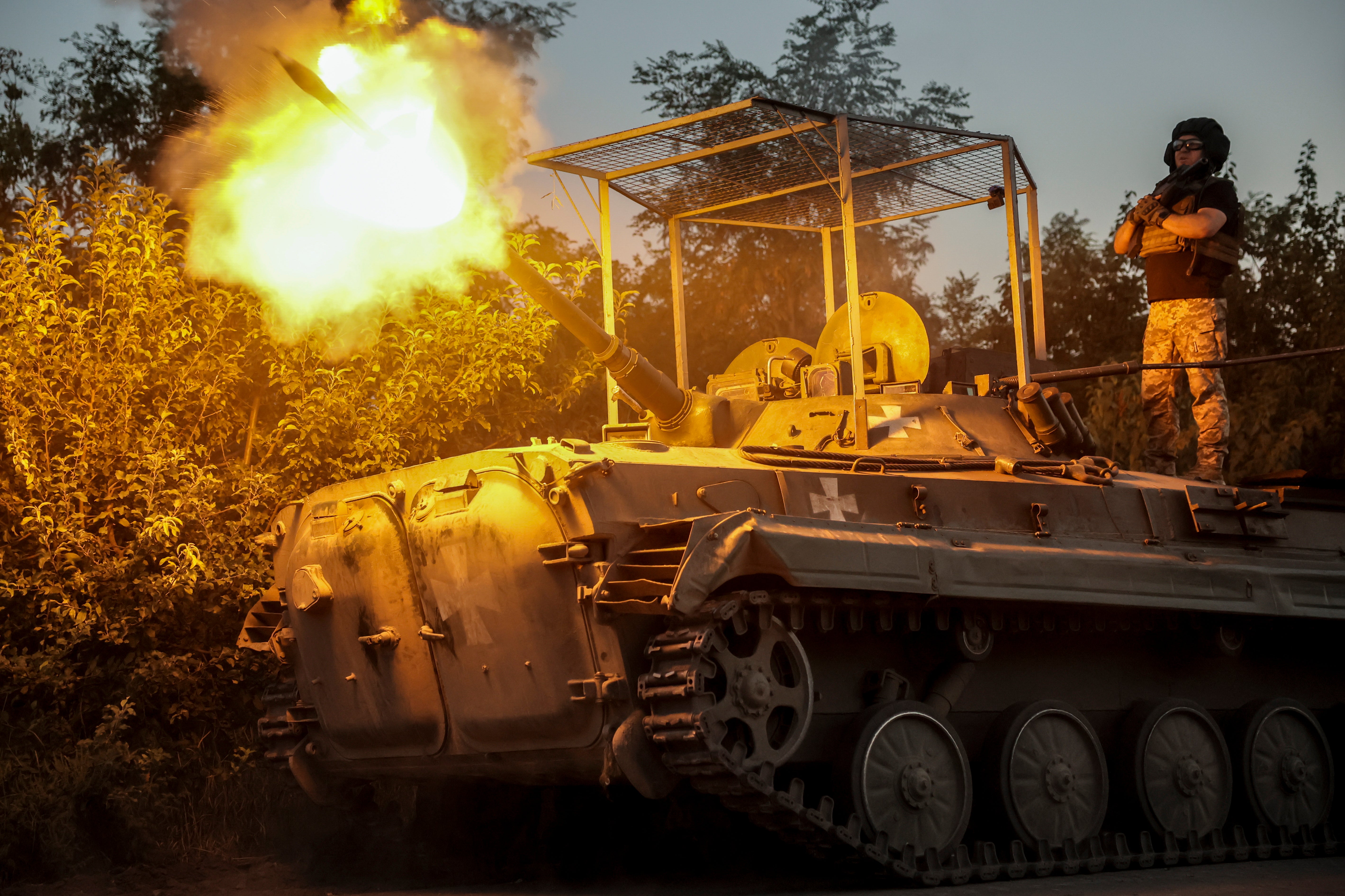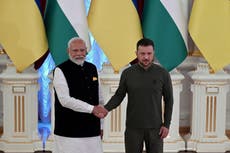What is happening in Ukraine’s east frontline as Putin’s forces advance?
Ukrainian president Volodymyr Zelensky admits the situation in the eastern region of the frontline has become ‘difficult’ while Kyiv’s forces have been fighting inside of Russia

Ukrainian forces are advancing through Russia’s Kursk region as part of their historic cross-border assault, concentrating their resources on this attack - but Moscow’s forces are doing the same in eastern Ukraine.
President Volodymyr Zelensky admitted this week the situation on Ukraine’s eastern frontline was “difficult”. Ukraine’s general staff, meanwhile, reported that there had been dozens of combat clashes on several hot points of the frontline in that direction.
As reports surface that Ukraine may have shifted some military resources from the eastern Donetsk region, the site of the most intense fighting in Ukraine, to help prosecute their Kursk incursion, concerns abound that such a move could prove a fatal miscalculation.
Since 6 August, when Ukraine began its cross-border attack, Russian forces have advanced several miles towards the eastern Ukrainian city of Pokrovsk, in the Donetsk region. Russia claimed to have control of the settlement of Zhelanne, about 12 miles from Pokrovsk, one of a number of villages and settlements Moscow’s forces claim to have taken this week.
More than 50,000 civilians remain in the city, which had a pre-war population of around 80,000. If Russia eventually seizes it, it will be the largest population centre it has taken since Bakhmut last May, after months of heavy urban warfare.
Nevertheless, the loss of Pokrovsk could have an even costlier effect.

The city, a logistical hub for the country’s military, sits at the junction of two major roads through the region. Its capture is seen as key to the Russian military prosecuting Vladimir Putin’s objective of taking the Donetsk and Luhansk regions in eastern Ukraine, known as Donbas.
Russia’s military appears to have thrown resources at the effort, possibly at the expense of defending its own civilians in Kursk. As one analyst put it, Putin’s “eye of Sauron”, a reference to Lord of the Rings, has been trained on Donetsk, and particularly Pokrovsk, even as his own country is being invaded.
Russian troops are now just six miles from the city walls, allegedly battling the last proper defensive line outside the city, and four from the neighbouring town of Myrnohrad, according to local officials.
Previous Russian assaults on cities in Donetsk, such as Avdiivka through the latter half of last year until around February this year, when it took control of the city, began with heavy mechanised attacks led by tanks and armoured carriers, as well as an aerial bombardment of the area.
While the second element of that style of attack is still being used, Russian forces are now more reliant on “dismounted infantry and small units attempting to move forward and make gradual advances” towards Pokrovsk, according to one western official.
The official added that “those [attacks] have increased over the past week in terms of the rate at which [the Russians] are able to advance every day” towards Pokrovsk, though the push remains gradual.
Deep State, a Ukrainian analytical group that tracks the frontline and which is known to have close ties to the military, reported that another three towns had been taken by the Russians just to the south of Pokrovsk this week. It added that Russian forces had advanced near Novogrodivka , Zavitny and Ptychy – three towns also on the southern edge of Moscow’s push towards Pokrovsk.
Russian forces have also made gains further along the frontline in the wider Donetsk region, pushing towards the towns of Toretsk and Siversk, while the Russian ministry of defence claimed control of the town of Niu-York, near Toretsk. The western official on Friday confirmed that Niu-York was coming under the control of the Russians.
They added, however, that Russia was losing around 1,000 casualties, dead and wounded, every day.
“Russia is losing more now than it is able to recruit,” the official said, adding that there was no sign of Russia’s ability to scale up recruitment to offset these losses despite the introduction of more lucrative sign-up bonuses in recent months,
“Heavy fighting continues in the Pokrovsky direction,” wrote Ukrainian military chief Oleksandr Syrskyi on the Telegram messenger app at the start of the week. “Defence forces are also doing everything necessary to protect Toretsk.”
As if as an afterthought, he added: “We are achieving new results in Kursk.”

The Ukrainian incursion into Russia’s Kursk region has undoubtedly been successful. It is the first time Russia has been invaded since the Second World War, a fact that is deeply embarrassing for Putin and his regime. Ukrainian soldiers toldThe Independent they “laughed like madmen” as they realised they were digging trenches inside Russia.
It has also created a “buffer zone” between Ukrainian civilians and the Russian military, reducing Moscow’s ability to fire artillery and drones at nearby Ukrainian towns and cities, and saving lives in the process.
As Ukraine bombs bridges to the west of its advancing forces inside Russia, effectively severing the last remaining supply lines to Moscow’s troops defending that area, Kyiv may also be on the cusp of taking more territory still.
But it may well be coming at a price; square miles captured in Kursk could cost square miles lost in Donetsk.
Some speculate that given Kyiv may be forced to the negotiating table by a future, notoriously transactional US president in Donald Trump (if he makes it to the White House in November), Ukraine could be employing a reach-before-result strategy, capturing parts of Kursk to later trade them for land occupied by the Russians later on.
Others suggest it is a signal to Kyiv’s western partners that despite a difficult year, Ukraine is still capable of carrying out devastating offensives, and that it deserves additional support.
There is no guarantee, however, that this will pay off. Meanwhile, Russia’s takeover of parts of eastern Ukraine is material, and it could prove more fatal.
As Emil Kastehelmi, an open-source analyst tracking the Russo-Ukrainian war for The Black Bird Group, says: “The ground in Donetsk is more valuable to the Russians [than Kursk]. It possibly should be to the Ukrianians as well.”
Join our commenting forum
Join thought-provoking conversations, follow other Independent readers and see their replies
Comments


Bookmark popover
Removed from bookmarks